When playing in the trio setting, a jazz pianist’s left hand is often an afterthought, a purely supportive entity that acts out of reflex rather than thought.
Too commonly, pianists spend hours at a time improving their right-handed lines without paying attention to their left-handed choices.
There is a trend of simply falling back on specific shapes that the hand is used to for voicings. For example, I have often heard someone speak of his or her one d-minor voicing, or one Bb13 chord that he/she applies to all cases in which such voicing is required. I would argue that many (thought not all) of the greatest jazz pianists dedicate an impressive portion of their mind to voice leading their left hands even while improvising.
The prime example of such a pianist is Bill Evans.
Bill Evans is a pianist who, in my opinion, should be studied in even greater detail than he already is. Although he is a brilliant improviser, his scrupulous attention to detail in his harmony is endlessly impressive, and it’s a huge part of why he’s just so fantastic to listen to.
Many people (myself included) forget just how much energy, power, musicality and structure grows out of thoughtful, left hand chordal motion during an improvised solo. His left hand provides multiple important factors to the sound even just during the melody.
Take, for example, this video of Bill Evans performing “My Foolish Heart”
-
First, listen to his voice leading.
Even while playing somewhat independently of the right hand, the top note of the left hand is always constructing beautiful melodies that lead the ear along the path to the next chord. This voice leading is arguably even more lovely when he starts improvising at 2:08.
Part of why Bill Evans accomplished this so wonderfully, keeping his chords so close together and controlled along the keyboard, is because he began applying inversions of each voicing he knew. In other words, from his original Bb13 voicing, he derived several more simply by inverting the chord (taking the bottom note and placing it on top), providing him more freedom for voice leading rather than jumping his hand along the keyboard to play the single voicing he was most used to.
-
Second, Evans’ rhythmic use of his left hand is exceptionally unique.
Rather than filling in gaps, or even just providing syncopations to make the solo more rhythmic, the left hand exists in a sort of magnetic connection with the right-handed lines. As he emphasizes specific notes in his right hand, he might even use a more open voicing with intervals that clash more, adding power and drawing attention to that note.
A lovely example of this is at 2:29, when his line ends on an A and he uses a C13 voicing in his left hand built primarily on a tri-tone (Bb to E), and a fourth (E to A). It also propels the music forward, almost like a string arrangement providing forward-motion underneath a voice as it reaches the top of a line.
-
Third, Evan’s dynamics are flawless.
At 2:38, when he begins mimicking the rhythm of his right hand with his left, one can hear the melody soaring above throughout, his left hand never overpowering the right.
This control exists throughout all of Evan’s playing, the melody always heard easily, even if the it is actually not on top but rather in the middle of a chord. Of course, any pianist has certain voicings in his or her arsenal that he or she uses quite often.
Part of expanding one’s vocabulary is learning new voicings, slowly but diligently advancing from having one d-minor voicing to having three, and so on. Still, these voicings more often than not are chosen based on habit, comfort and technical ease rather than thoughtful musicality or voice leading.
We should all take Bill Evans as an example, practicing inversions of each of our voicings, learning to let the left-hand breath and work with the right hand as an equal rather than purely as support.
We should build our mental habit in such a way that a greater percentage of our attention while improvising is given to the left hand.


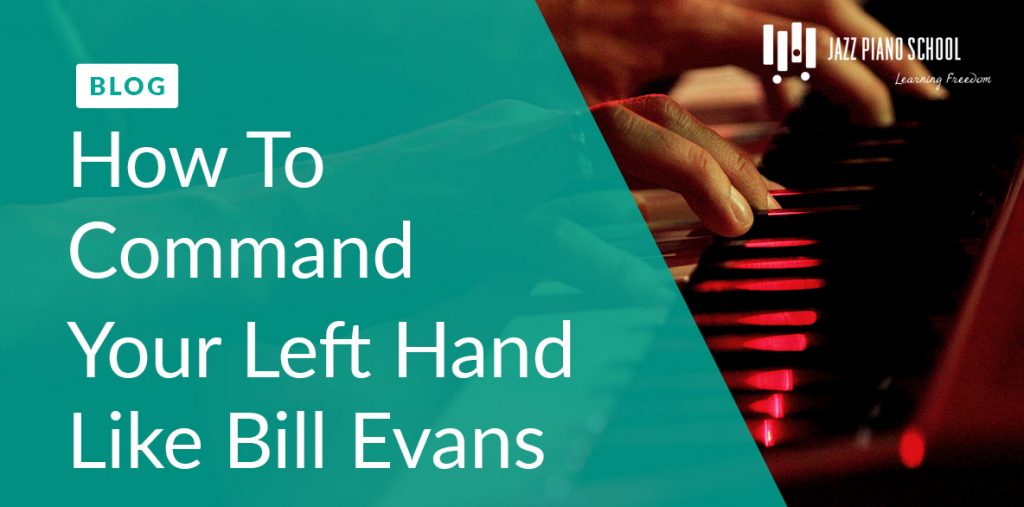


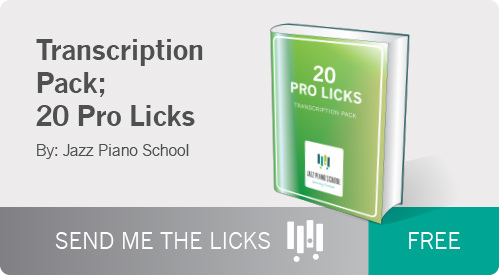
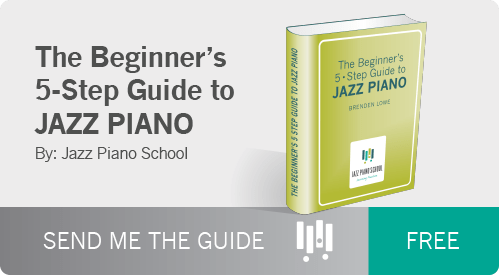
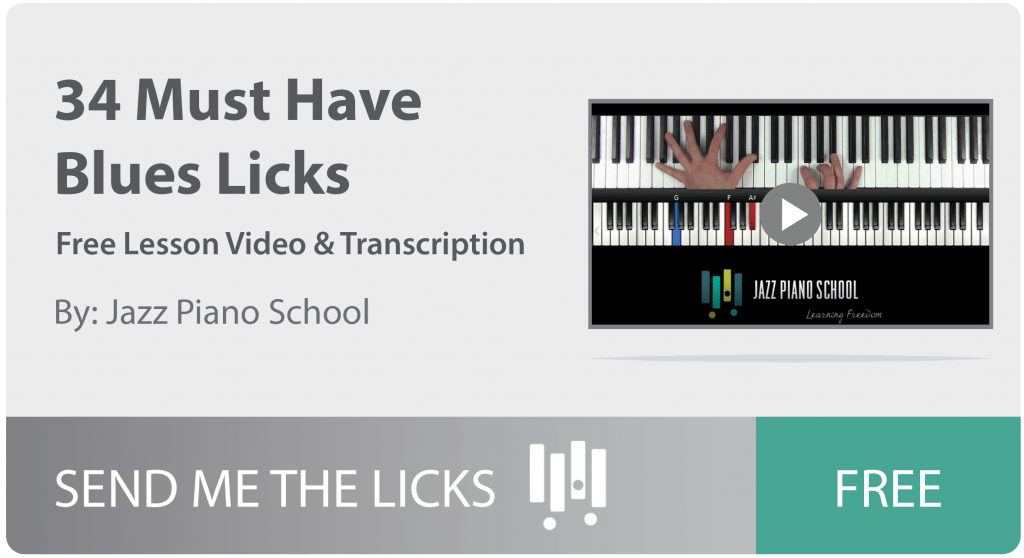




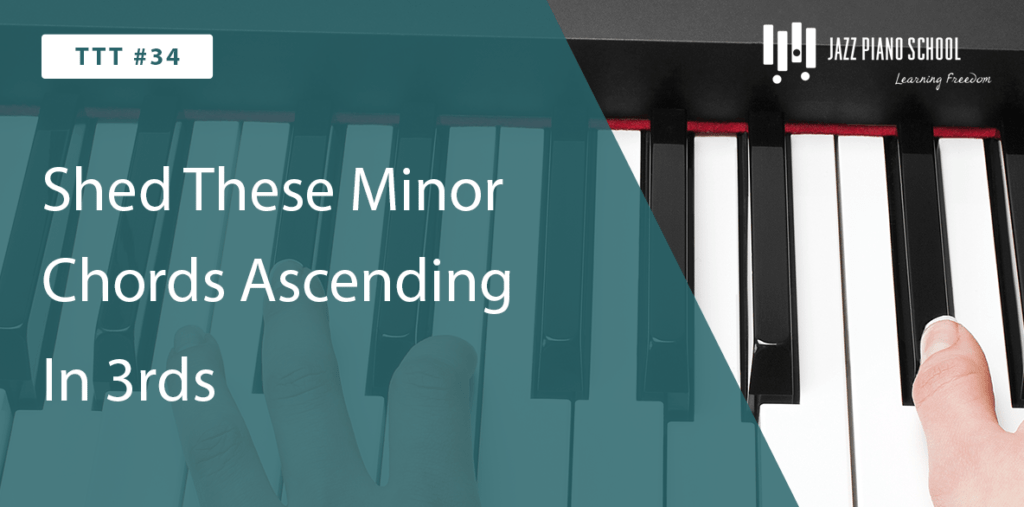
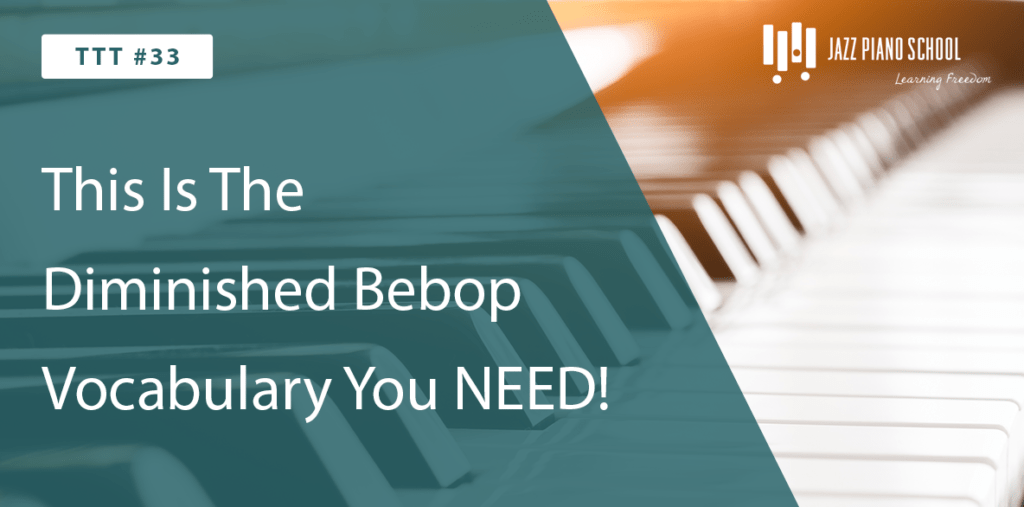


2 Responses
Bill Evans’ playing has stood out in my mind on several occasions even being a trumpet player. His playing is one of my primary reasons I’m learning piano.
Aunque mi instrumento es la guitarra , el mundo del piano siempre me ha llamado la atención , no para aplicarlo a la guitarra, son muy diferentes , más como un pianista aficionado, maravillado del sonido del piano